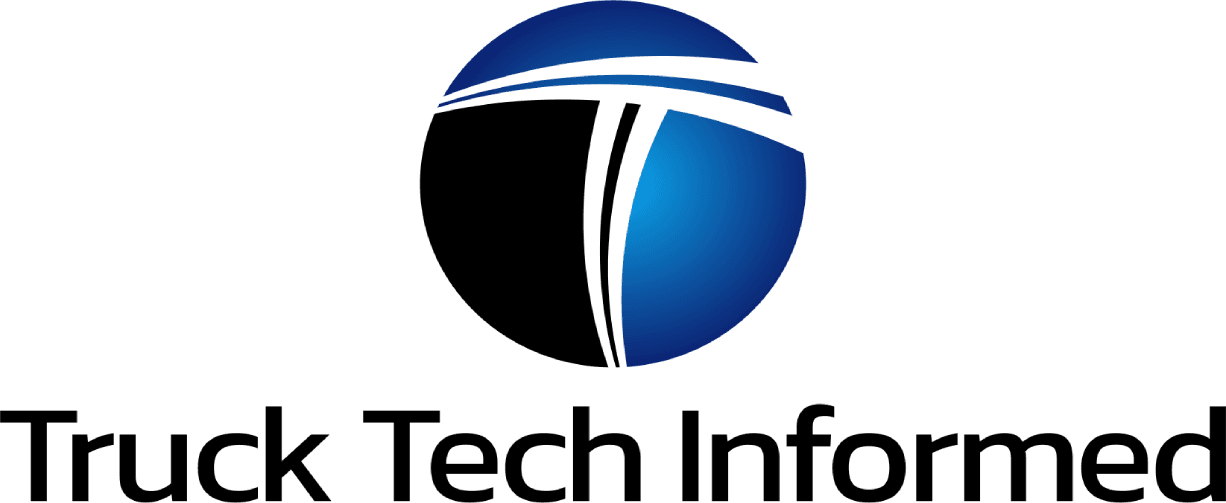Data analysis has become a critical component of the trucking industry in recent years, as companies look for ways to optimize their operations and improve efficiency. By analyzing large amounts of data, trucking companies are able to make informed decisions about everything from route planning to fleet management.
One of the key ways that data analysis is used in the trucking industry is through the use of telematics systems. These systems collect data from a variety of sources, including GPS tracking, engine diagnostics, and driver behavior monitoring. By analyzing this data, companies are able to identify areas where they can make improvements, such as reducing idle time, improving fuel efficiency, and optimizing routes to reduce travel time and distance.
Another way that data analysis is used in the trucking industry is through predictive maintenance. By analyzing data from sensors on trucks and other equipment, companies are able to identify potential issues before they become major problems. This allows them to schedule maintenance and repairs proactively, reducing downtime and minimizing the risk of costly breakdowns.
Data analysis is also used to improve safety in the trucking industry. By analyzing driver behavior data, companies are able to identify patterns that may indicate risky driving behaviors, such as speeding or harsh braking. This allows them to provide targeted training and coaching to drivers, helping to reduce the risk of accidents and improve overall safety.
Overall, data analysis has become an essential tool for trucking companies looking to stay competitive in a rapidly evolving industry. By leveraging the power of data, companies are able to make smarter decisions, improve efficiency, and ultimately drive success.








